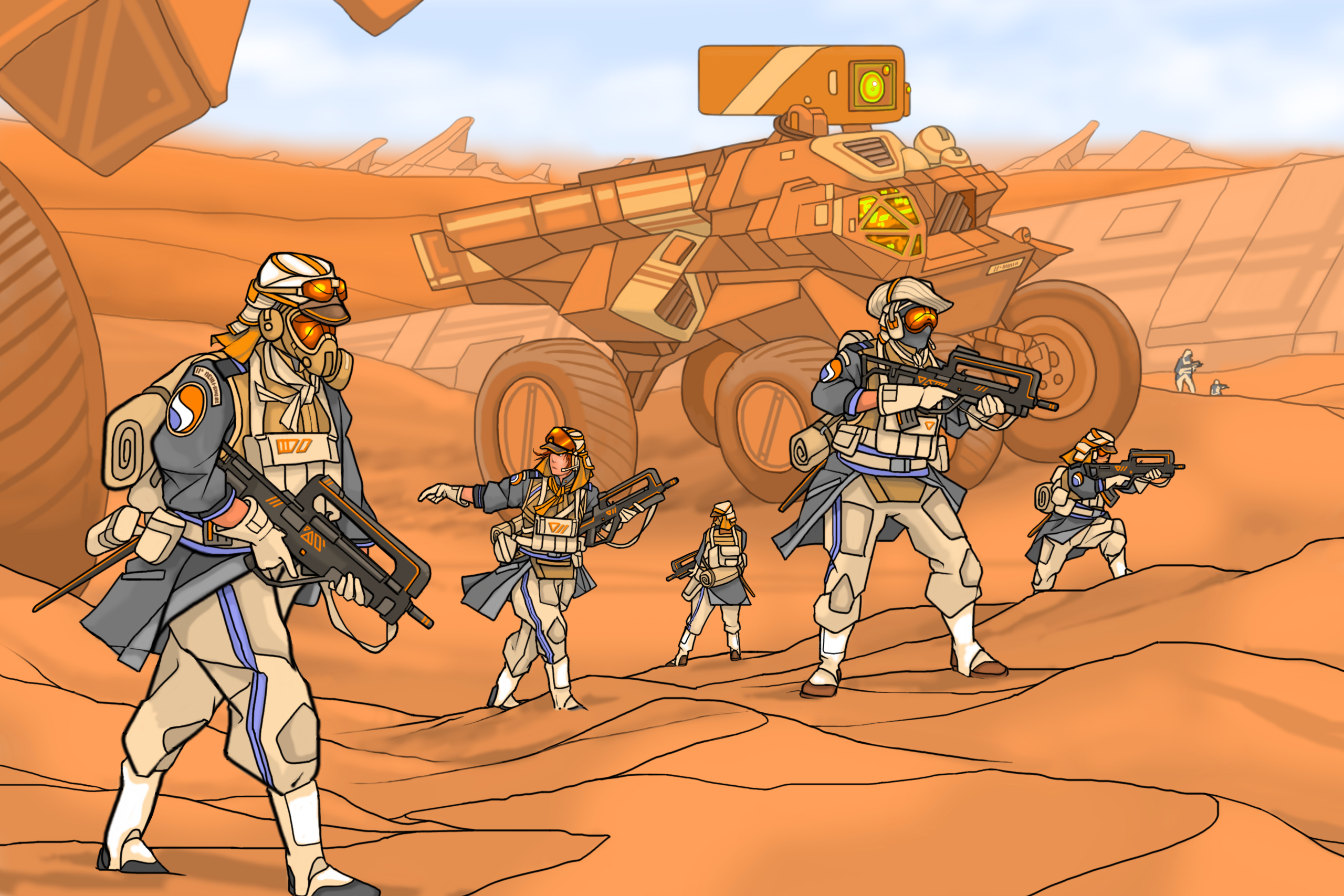-In the thread we had convene that Quebec was not really a puppet state per se since it didn't entered the war against the CSA or anyone else, it only send 30 or 40 thousand soldiers to help patrol Canada at US demand. So it had some latitude in its relation to the US.
-Obviously, but we imagined that Quebec would not want to wear British or US uniform either and French uniform kit would have been pretty cheap.
-Of course, this is why the uniform are pretty much the only French part (the insignias were added by Alterwright and I admit it make little sense), the only other option beside US uniform would have been a completely original model. We imagined that the nationalist government would not like to use US uniform since they wanted to have an ''independant'' image, not being seen as a ''french-USA''.
EDIT: they still use the US Stahlhelm and probably the US springfield, so its not like they adopted exactly the French uniform and arms.
Actually, a cheaper option than buying surplus uniforms from oversea, and an option used historically a number of time, would have been to keep uniforms stocks currently available locally (british style canadian militia uniforms in this case) and dye them some other colours (pale khaki could probably be turned dark green, burgundy, dark blue, etc....).
Even if the idea was to look different, the problem is that dressing as french soldiers doesn't seem like an option that would be considered. The nucleus of the Quebec Army would, one assume, be formed of french-canadian veteran of the canadian militia. The british-style uniform and insignia would be what they were familiar with so they would be more likely to tweak its appearance instead of choosing a uniform which, from their perspective, would be completely foreign.
If you want the quebec army to have a distinct feel, why now adopt elements of french-canadians folk costume like the tuque (wool hat) and ceinture flêchée (assomption sash) and for the insignia, just replace the crown, order of the bath and crossed baton & saber with a fleur-de-lys, a plain cross and crossed swords ? below, the original canadian items left and and to the right, possible "republic of quebec" adaptation.





